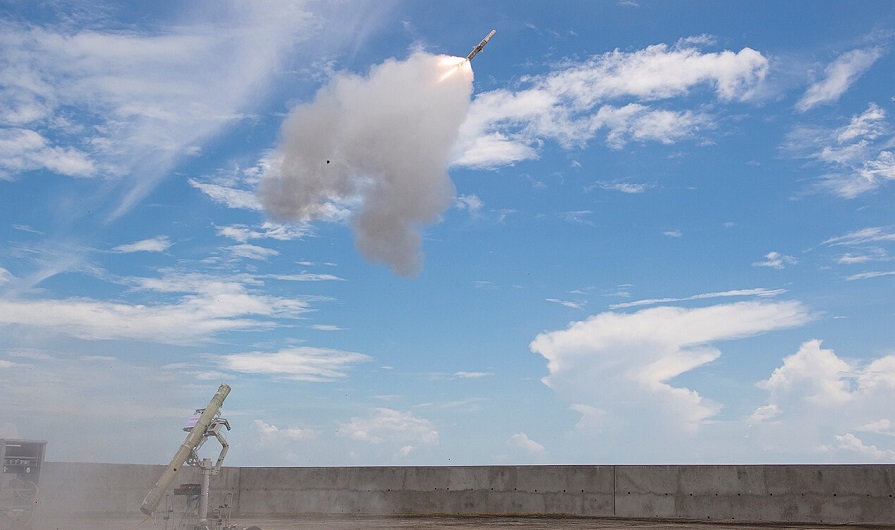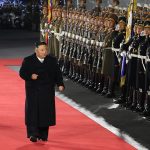
Russia Deploys Nuclear Air-to-Air Missiles, U.S. Warns
In a significant and alarming development, the U.S. Defense Intelligence Agency (DIA) has reported that Russia is fielding nuclear-armed air-to-air missiles. This strategic escalation represents a bold shift in Moscow’s military posture and underscores its continued emphasis on nuclear deterrence and intimidation in global conflict dynamics.
The missile in question is suspected to be a modified version of the R-37M, designated by NATO as the AA-13 “Axehead.” Known for its extreme range and speed—exceeding Mach 6—the R-37M is typically used to target high-value airborne assets such as AWACS (Airborne Warning and Control Systems) and aerial refueling tankers. By introducing a nuclear variant of this missile, Russia effectively brings tactical nuclear capabilities into standard aerial engagements.
According to DIA’s findings, this is part of a broader Russian initiative to expand and modernize its nuclear arsenal in response to what it perceives as increasing Western pressure.
Strategic Implications
The deployment of nuclear-capable air-to-air missiles presents new strategic challenges for global security frameworks. Unlike intercontinental ballistic missiles or submarine-launched warheads, these missiles may be used in conventional battle theatres, potentially reducing the threshold for nuclear weapons deployment.
Analysts warn that such systems blur the lines between conventional and nuclear combat. This ambiguity significantly complicates the rules of engagement and deterrence strategies traditionally employed by nuclear powers. The ability to fire a nuclear weapon during routine air patrols or interceptions introduces unprecedented volatility to aerial confrontations.
The DIA also noted that Russia is enhancing its nuclear readiness beyond its own territory. In Belarus, Russia is believed to be upgrading nuclear weapons storage facilities, deploying delivery platforms, and training Belarusian crews to handle tactical nuclear arms, signaling an aggressive shift toward forward-based nuclear posturing.
Global Response and Concerns
These revelations have triggered renewed debate within NATO and global defense circles. The potential use of nuclear weapons in tactical air combat marks a departure from established military norms and calls for urgent international dialogue on arms control and nuclear policy revisions.
The growing unpredictability of Russia’s military doctrine, especially amid ongoing conflicts in Ukraine and rising East-West tensions, raises concerns about miscalculation or accidental escalation. Western policymakers are now tasked with reassessing current deterrence models and developing countermeasures that account for these new capabilities.
In the face of this evolving threat, diplomatic efforts to revive nuclear arms control agreements and increase transparency around tactical nuclear weapon systems are seen as critical. The global community must adapt quickly to this emerging paradigm before the line between conventional deterrence and nuclear warfare is further eroded.


















